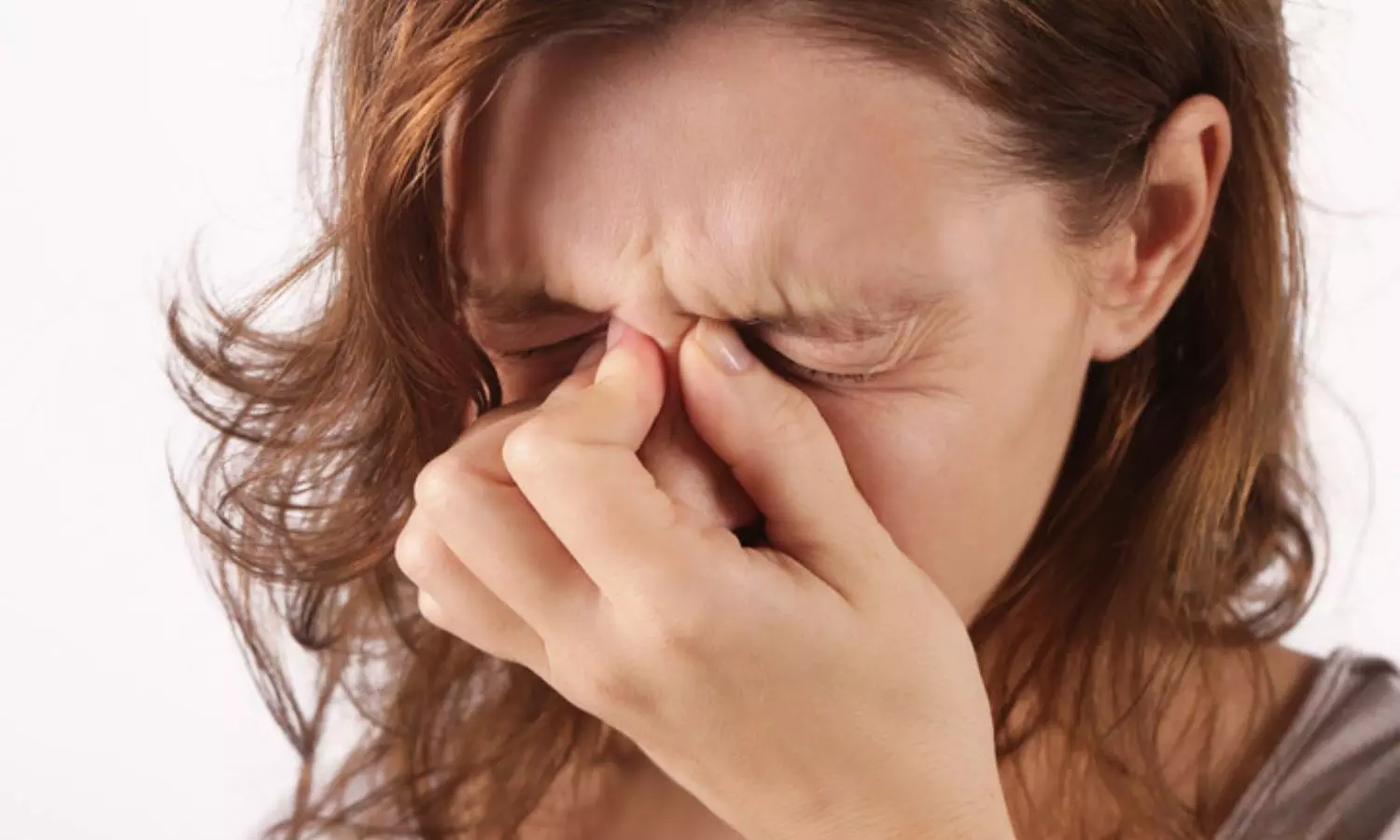Nasal mupirocin therapy post endoscopic sinus surgery does not reduce symptom recurrence: Study

A recent study published in the Iranian Journal of Otorhinolaryngology showed that nasal mupirocin therapy after endoscopic sinus surgery is not effective in reducing symptom recurrence in persistent rhinosinusitis with nasal polyps. In order to reduce the load of symptoms and future interventions for patients with chronic rhinosinusitis with nasal polyposis (CRSwNP), modern therapies often involve multi-modality therapy, which includes endoscopic sinus surgery (ESS) followed by ongoing appropriate medical therapy.
The pathophysiology of CRSwNP involves both immunologic processes and genetic predisposition. Asthma, allergy, and aspirin-exacerbated respiratory disease (AERD) appear to play a part in the development of CRSwNP. The most common medical treatments are intranasal and systemic corticosteroids, while functional endoscopic sinus surgery (FESS) is utilized for individuals who do not respond to conventional medications. Thus, Mohebbi and colleagues examined the potential benefits of a topical mupirocin ointment administered in the nasal vestibule for reducing the recurrence of symptoms and enhancing the efficacy of functional endoscopic sinus surgery.
A clinical trial comprised patients with nasal polyps, a positive nostril culture for Staphylococcus aureus, and chronic rhinosinusitis. Application of mupirocin ointment on the right nostril was designated as the intervention group, while application of vitamin A ointment to the left nostril was designated as the control group. At the time of diagnosis and 6 months later, Lund-Mackay radiological scores and Lund-Kennedy endoscopic scores were evaluated.
91% of the 60 patients with nasal polyps and chronic rhinosinusitis tested positive for Staphylococcus aureus in their nostrils. A substantial improvement following surgery was shown when the follow-up values in both groups were compared to the average of the diagnostic radiological and endoscopic scores (P-value=0.001, 0.001). The endoscopic and radiological score enhancements did not, however, differ significantly among the study as well as control groups (P-value > 0.56, 0.74).
Overall, after endoscopic nasal surgery, the use of mupirocin ointment twice a day in the nostrils of CRSwNP patients does not appear to have a substantial impact on the surgical result. Given the chance of gram negative pathogenic bacterial development, the administration of mupirocin in these individuals should be considered. It is advised that more research be done with a bigger sample size to examine the effectiveness of mupirocin and other topical antibiotics in preventing relapse in patients with CRSwNP.
Source:
Mohebbi, A., Mohsenian, M., Elahi, M., & Minaeian, S. (2024). Mupirocin Ointment Effect on Polyposis Recurrence After Sinus Surgery. Iranian Journal of Otorhinolaryngology, 36(5), 573-580. https://doi.org/10.22038/ijorl.2024.70685.3405



